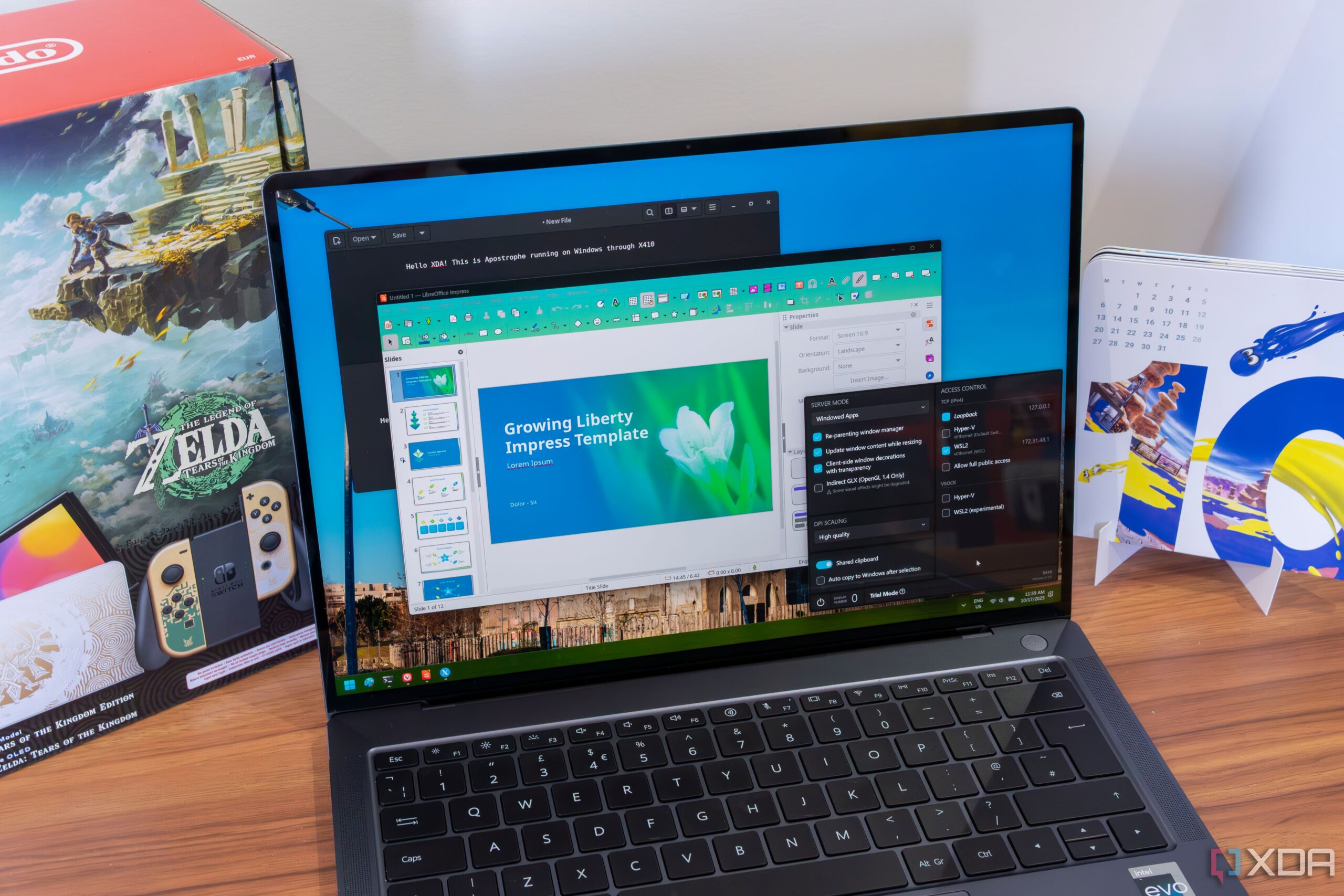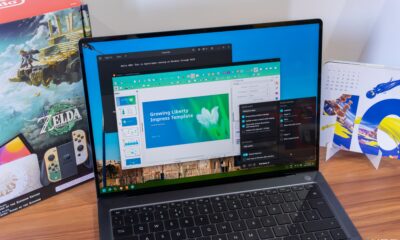Technology
New Tool X410 Enhances Linux App Experience on Windows

The launch of X410 offers a new approach for running Linux applications on Windows, providing a seamless integration experience that surpasses existing solutions. Unlike the Windows Subsystem for Linux (WSL), X410 is designed to operate natively on Windows, allowing Linux apps to run as if they were built for the Windows environment.
Understanding X410’s Unique Functionality
X410, which stands for “X SERVER 4 W1 ND0 WS,” utilizes a direct connection method that distinguishes it from traditional virtualization tools like WinApps and WinBoat. Instead of relying on protocols like Remote Desktop, X410 connects to Linux applications through a TCP/IP connection or an SSH client. This innovative setup expands its use cases beyond simple virtualization, enabling users to draw applications from Hyper-V virtual machines, WSL instances, or even remote Linux desktops.
Initial tests indicate that X410 enhances the user experience significantly compared to WSL. While WSL does facilitate the running of Linux GUI apps, X410 provides a more refined interface. Users can open Linux applications in separate windows, which seamlessly blend with traditional Windows applications. This functionality allows for intuitive window management, including easy resizing that mimics native Windows applications.
Performance Advantages of X410
One of the standout features of X410 is its performance. The app employs standard Windows frames for its Linux applications, resulting in a more familiar and responsive user interface. In tests, resizing windows using X410 felt natural and efficient, contrasting sharply with the clunky experience often associated with WSL, where resizing can be cumbersome and unreliable.
Scaling is another area where X410 excels. Users often face challenges with application scaling in WSL, where Linux apps may not adhere to Windows scaling settings, leading to inconsistent UI element sizes. X410 addresses this by offering various scaling options, allowing Linux applications to better align with the user’s screen resolution and preferences.
Despite its many advantages, setting up X410 can present challenges. Users need to configure a DISPLAY environment variable within their Linux instance to connect properly to X410. This process can be somewhat tedious, particularly for those already using WSL. Each new terminal instance requires reconfiguration of the DISPLAY variable, which can disrupt the workflow.
Alternatives exist for connecting X410, such as using a mirrored mode for networking, which allows for a localhost IP setup. Additionally, X410 has experimental support for VSOCK, although Microsoft has yet to release comprehensive documentation on this feature.
Even with these setup hurdles, X410’s benefits are evident. The tool offers a smoother graphical user interface compared to the traditional WSL method, making it a compelling choice for users seeking better integration of Linux apps on Windows. The native feel, improved scaling, and reliable window management present a strong case for adopting X410, particularly for individuals who frequently use Linux applications in a Windows environment.
As technology continues to evolve, tools like X410 pave the way for enhanced interoperability between operating systems, illustrating the potential for improved user experiences across platforms.
-

 Technology4 months ago
Technology4 months agoDiscover the Top 10 Calorie Counting Apps of 2025
-

 Health2 months ago
Health2 months agoBella Hadid Shares Health Update After Treatment for Lyme Disease
-

 Health3 months ago
Health3 months agoErin Bates Shares Recovery Update Following Sepsis Complications
-

 Technology4 weeks ago
Technology4 weeks agoDiscover 2025’s Top GPUs for Exceptional 4K Gaming Performance
-

 Technology2 months ago
Technology2 months agoElectric Moto Influencer Surronster Arrested in Tijuana
-

 Technology4 months ago
Technology4 months agoDiscover How to Reverse Image Search Using ChatGPT Effortlessly
-

 Technology5 months ago
Technology5 months agoMeta Initiates $60B AI Data Center Expansion, Starting in Ohio
-

 Technology4 months ago
Technology4 months agoRecovering a Suspended TikTok Account: A Step-by-Step Guide
-

 Health4 months ago
Health4 months agoTested: Rab Firewall Mountain Jacket Survives Harsh Conditions
-

 Lifestyle4 months ago
Lifestyle4 months agoBelton Family Reunites After Daughter Survives Hill Country Floods
-

 Technology3 months ago
Technology3 months agoUncovering the Top Five Most Challenging Motorcycles to Ride
-

 Technology4 months ago
Technology4 months agoHarmonic Launches AI Chatbot App to Transform Mathematical Reasoning











